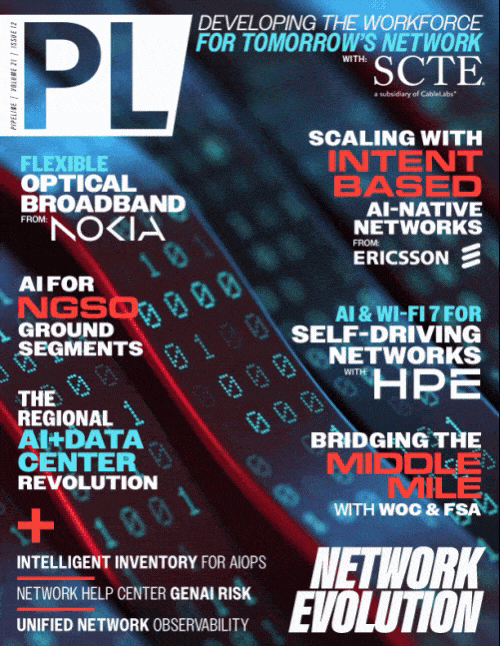How CSPs can Rethink Network
Optimisation in the Age of Complexity
Now instead of relying on anecdotal reports or reactive explanations, service providers can present clear evidence of what happened, why it happened and what steps were taken in response.
Data-driven decision-making
Beyond issue resolution, this data-driven approach supports smarter decision-making about future investments. Observability may reveal areas where additional network capacity is needed, or it might indicate opportunities to optimise resources and redirect capital or operational spending for better efficiency. Rather than basing these decisions on assumptions or isolated incidents, they are made using real and actionable insights.
Data-driven decision-making also transforms how organisations approach network upgrades by shifting conversations away from subjective feelings to objective evidence. Instead of relying on statements like “I feel my network isn’t performing” or “users keep complaining,” the discussion becomes grounded in concrete data that shows exactly where and how the network is performing or not. This clarity helps remove ambiguity and emotional bias, making it easier to focus on facts rather than perceptions.
With shared data, there is also an opportunity to move away from adversarial relationships between service providers and customers toward ones built on openness and trust. By providing transparent and data-backed information, providers can foster collaboration rather than conflict.
The overall goal is to prevent issues from occurring in the first place, and when tickets are raised, to ensure they contain meaningful and accurate information. Since prevention is better than cure, keeping everyone along the support chain well-informed ensures each person understands the situation clearly and can act effectively.
This is also where multi-tenancy becomes vital by allowing access to be carefully tailored based on roles and responsibilities. For instance, a user in a branch office only sees information relevant to their location. A regional manager can access data across their region, while the customer’s central team oversees all locations. At the highest level, the CSP can view all data relating to each customer. This hierarchy ensures that no one sees information they don’t need, preventing distractions and maintaining focus on relevant details.
Next steps
Given the complexity of modern technology, it’s important to recognise that failure at some point is inevitable. What matters most is the clarity and simplicity of communication when things go wrong. No system is immune to component failures, but by openly addressing issues and communicating precisely what’s happening, organisations can manage incidents efficiently and maintain trust.
Looking ahead, service providers need to embrace this mindset of openness, transparency and partnership with their customers. None of the benefits of collaboration and observability will materialise if providers are hesitant to share the information customers need out of fear that it might reflect poorly on them. Unfortunately, some providers still operate with this defensive mentality, often choosing opacity because they worry that customers will use their transparency as leverage against them. Overcoming this requires a cultural shift that starts from the top, generating an environment where openness is valued and encouraged.
CSPs can start this process by seeing themselves not just as technology companies, but as service organisations. What truly matters is how they respond and support customers when problems occur. The focus moves from blaming technology failures to delivering excellent service and effective problem resolution.
This change in mindset means customers measure CSPs not by the absence of faults but by the quality and responsiveness of their support when things go wrong. It’s a fundamental cultural shift that CSPs must embrace because it underpins long-term success.
At the heart of this transformation lies the importance of relationships. Being a service organisation means valuing and nurturing customer relationships as the foundation of everything you do. It’s not just about the technical infrastructure or the specific products being sold, it’s about the trust and partnership that develops through consistent, transparent communication and reliable support.



















